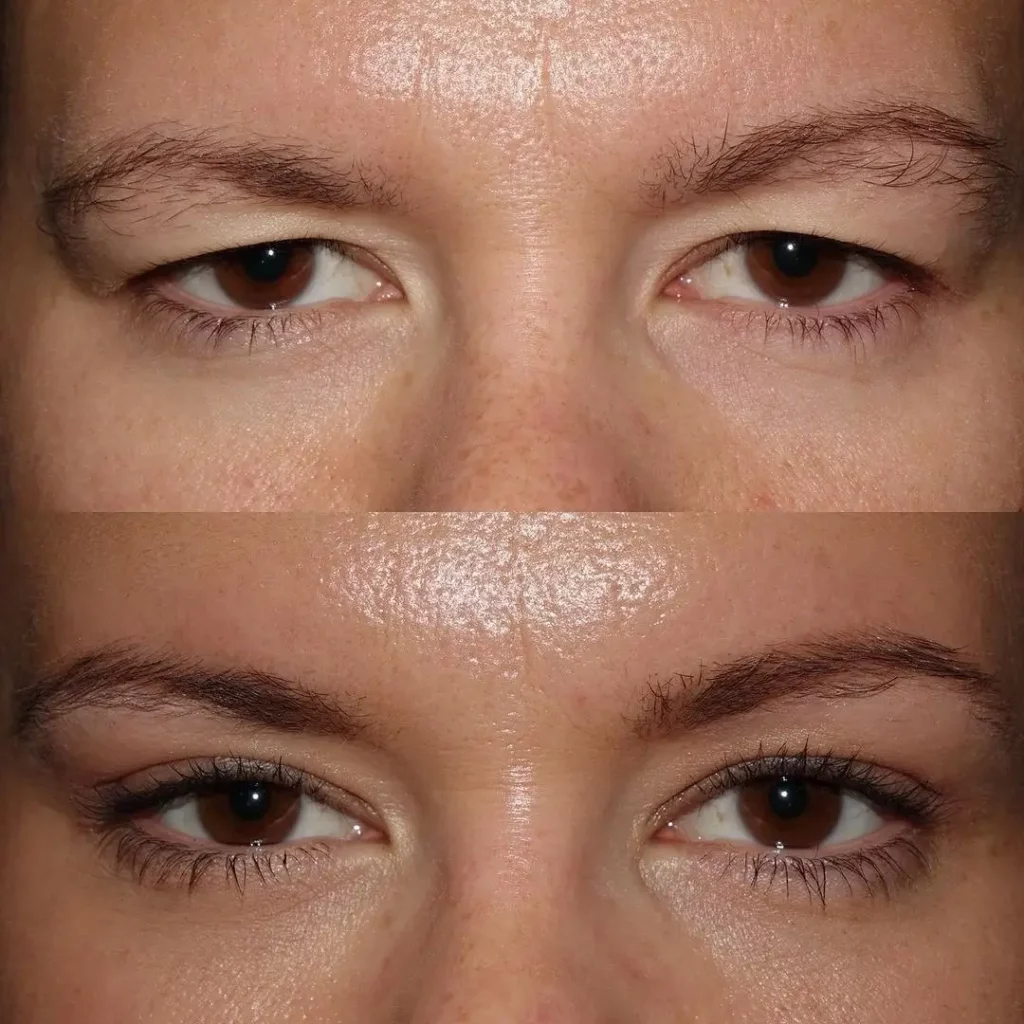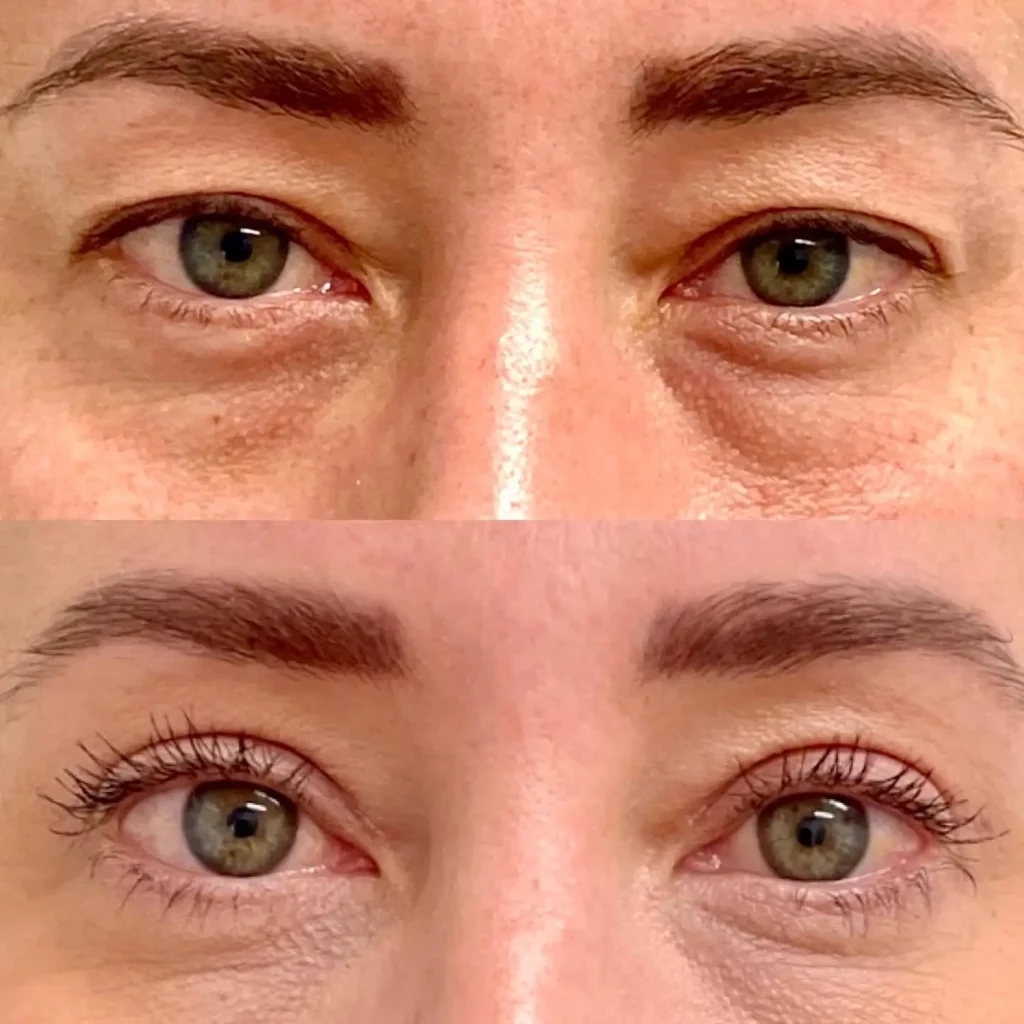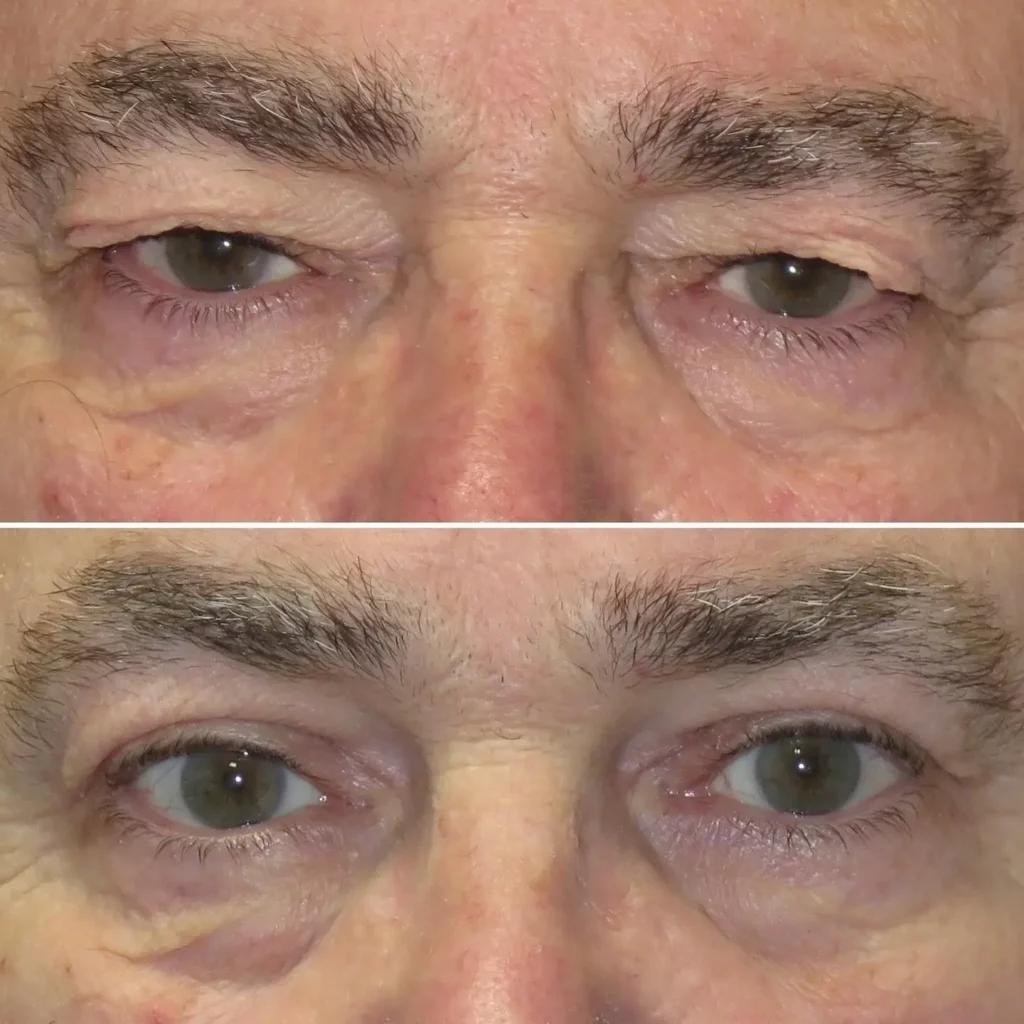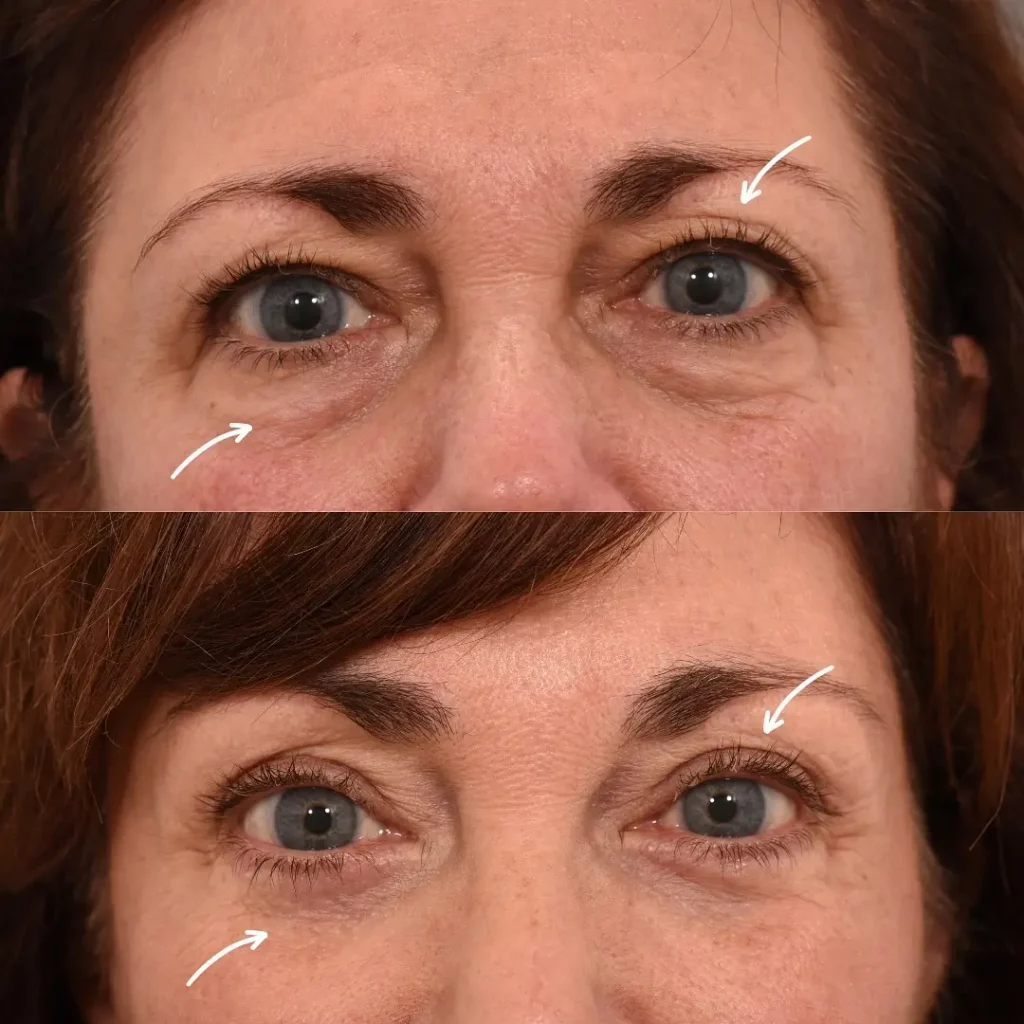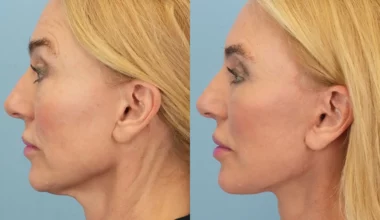Blepharoplasty, also known as eyelid surgery, is a cosmetic procedure aimed at improving the appearance of the upper and lower eyelids. It is a popular choice for those seeking to rejuvenate their eyes by addressing sagging skin, puffiness, or drooping eyelids. This procedure not only enhances aesthetics but also resolves vision issues caused by excess skin.
If you are considering blepharoplasty, understanding its benefits, the procedure itself, and what to expect is essential. Here’s a detailed overview to guide you.
What is Blepharoplasty?
Blepharoplasty is a surgical procedure designed to improve the appearance of the eyelids. It targets both functional and aesthetic concerns. Common reasons for undergoing this procedure include:
- Removing excess skin that affects the natural contour of the upper eyelids.
- Reducing puffiness caused by fat deposits around the eyes.
- Correcting drooping lower eyelids that expose the white below the iris.
This surgery is highly customizable, depending on whether you require upper eyelid surgery, lower eyelid surgery, or both.
The Blepharoplasty Procedure
Blepharoplasty is typically performed under local anesthesia with sedation or general anesthesia, depending on the complexity of the case. Here’s what happens during the procedure:
- Upper Eyelid Surgery: The surgeon makes an incision along the natural fold of the eyelid, removes excess skin and fat, and tightens the muscles.
- Lower Eyelid Surgery: An incision is made just below the lash line or inside the eyelid. Excess fat is repositioned or removed, and sagging skin is tightened.
The procedure usually takes one to two hours. Recovery times vary, but most people can return to their regular activities within 7 to 14 days.
Benefits and Risks of Blepharoplasty
Like any surgical procedure, blepharoplasty has its pros and cons.
Benefits:
- A more youthful, rested appearance.
- Improved vision if sagging skin was obstructing eyesight.
- Long-lasting results, often lasting up to 10 years or more.
Risks:
- Temporary swelling and bruising.
- Dry or irritated eyes.
- Rare complications, such as infection or difficulty closing the eyes.
Consulting a qualified and experienced surgeon minimizes these risks and ensures the best results.
Blepharoplasty Before and After
Blepharoplasty before and after transformations are truly remarkable. The procedure can make a significant difference, restoring a youthful and refreshed look while improving functionality. In the photos below, you can see how blepharoplasty addresses sagging skin, puffiness, and other common concerns, providing a more alert and vibrant appearance.
These visuals highlight the potential results and the dramatic impact this procedure can have on one’s overall appearance. Always consult with your surgeon to discuss your goals and expectations to ensure the best possible outcome.




